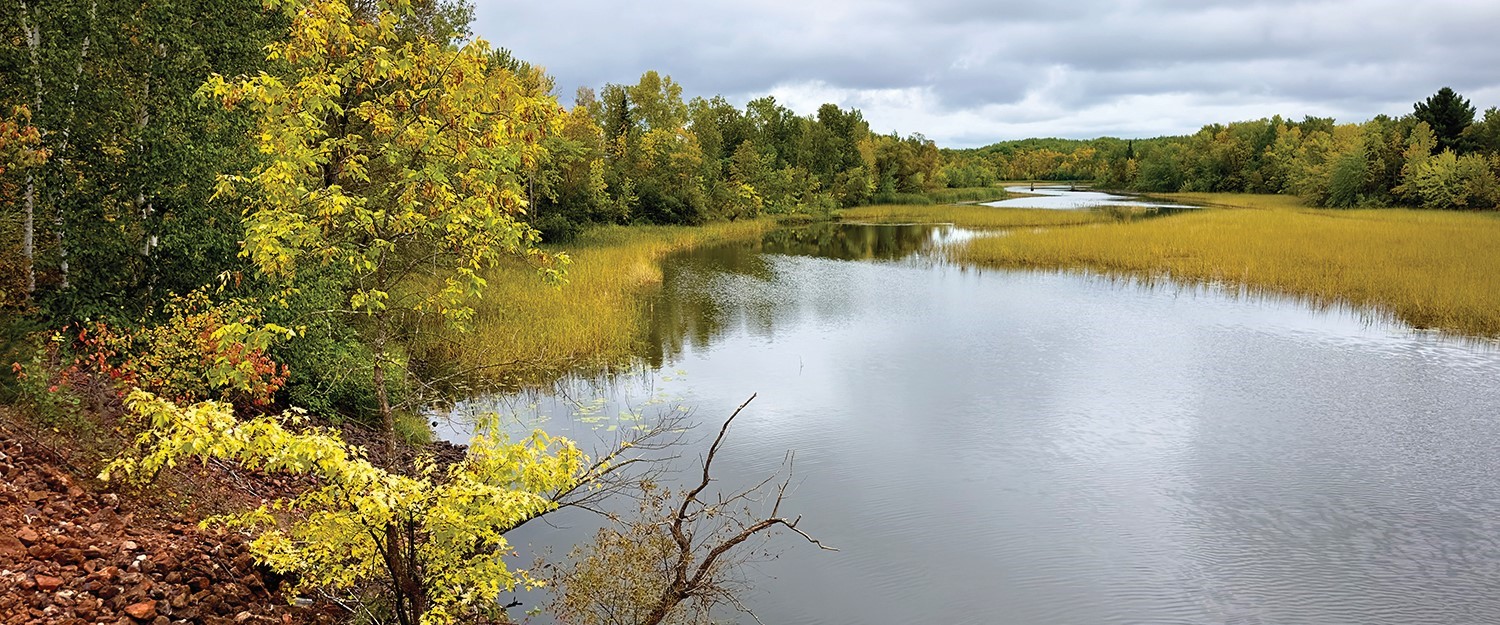
Climate smart natural land
-
Manage county land to reduce greenhouse gas emissions, support healthy landscapes, and increase environmental resilience.
-
Support land management practices that build environmentally-responsible social, and economic resilience.
-
Help natural ecosystems within the county adapt to the impacts of climate change.
GOAL 1: MANAGE FORESTS AND URBAN TREE CANOPIES
-
Plant, seed and maintain tree species and vegetation projected to do well under changing conditions.
-
Plant a variety of trees to expand urban tree canopy cover in underrecognized and vulnerable communities experiencing the urban heat island effect. Prioritize areas with minimal tree canopy cover.
-
Track and measure changes in tree canopy coverage.
-
Help residents manage emerald ash borer and other emerging plant pests and diseases, particularly in underrepresented and climate vulnerable communities.
-
Protect mature trees. Help underrecognized and climate-vulnerable communities advocate for policies that protect urban tree canopy.
-
Plant and maintain climate-adaptive trees species for Ramsey County.
-
Partner to produce trees for planting in Ramsey County, for production and to support tree planting efforts, including enhancing production of climate-adapted species.
-
Inform residents and landowners about climate-adapted tree species.
GOAL 2: PROTECT, RESTORE, AND MANAGE PEATLANDS, WETLANDS, AND WATERSHEDS
-
Protect and restore existing wetlands.
-
Partner with watershed management organizations on resilience studies.
-
Provide community education on importance of and strategies for protecting watersheds and wetlands.
GOAL 3: USE LAND MANAGEMENT PRACTICES THAT ENHANCE CLIMATE RESILIENCE.
-
Work with local governments to develop regional and local land conservation plans. Identify priority locations for protection, restoration and greater natural corridor connectivity.
-
Use locally appropriate seed and plant mixes and alternative forest management practices. Connect with underrecognized communities to balance the various needs of residents in public open spaces.
-
Identify, remove and dispose of trees at risk of spreading disease or invasive pests.
-
Promote the right to exist and value of wildlife and plants by:
-
Planting trees and vegetation that provide food or shelter to wildlife.
-
Protecting wildlife habitat through community education.
-
Teach residents and businesses how to increase climate resilience on their property and in their neighborhoods. Share information with residents about how many small-scale projects build meaningful climate benefits.
-
Improve parks, community gardens and green spaces in underrepresented and climate-vulnerable communities.
-
Manage invasive species.
-
Use climate resilient landscaping practices at county-owned buildings.
Cross-plan connections
![]()
Connections to Clean Transportation: Multi-modal transportation users rely on tree canopy for comfort during extreme heat.
Connections to Thriving Communities: Increases in tree canopy improves resilience to extreme heat. Improved soil improves flooding resilience.
Connections to Clean Energy and Efficient Buildings: Climate-smart design and construction practices include storm water and sustainable land management practices.
Connections to Healthy Lives: Access to public green space can improve physical and mental health.
Connections to Clean Economy: Career pathways into alternative land management and sustainable agriculture are needed to support the health of natural lands.